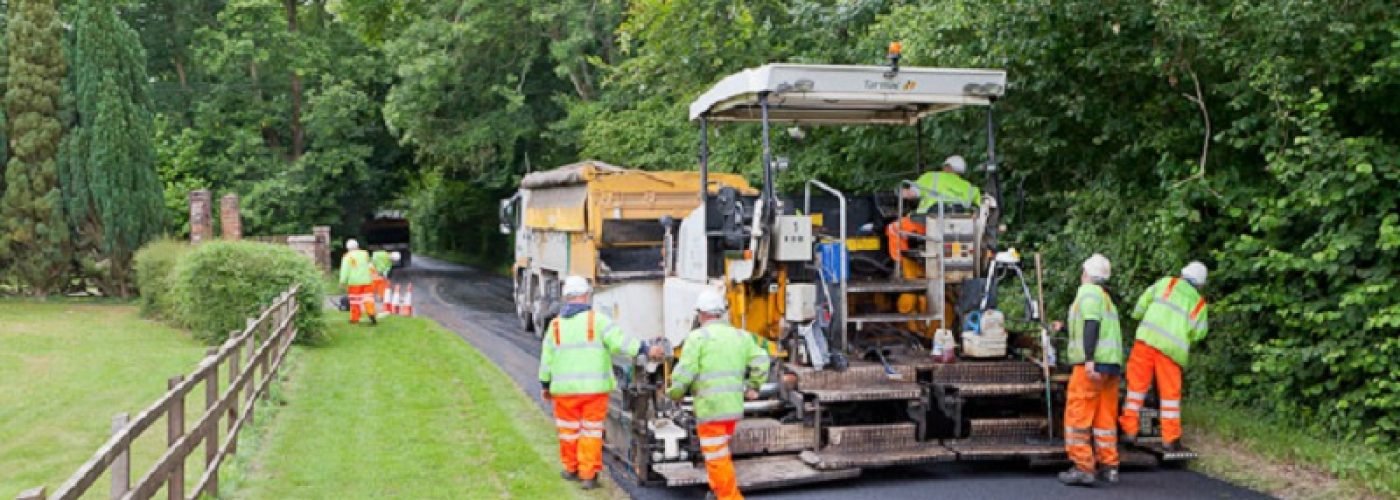The large construction company, Kier has been handed down a £1.8 million penalty following a road resurfacing death. The division of the major contractor has been fined following the death of one of its workers, who was fatally hit by a 96 kph contraflow while work was taking place to carry out repairs to a road surface in Suffolk.
The Kier Subcontractor Sean Hegarty has also been fines a total of £75,000 as a part of this ruling due to their role in the accident. The incident took place on a stretch of the B106 to the north of Lidgate. The principal contractor for this repair work, Kier had employed Sean Hegarty to repair the road surface as a part of a contract that had been agreed with Suffolk Council Council.
The accident took place on the 13th May 2014 and a Health and Safety Executive investigation that was carried out found that the Hegarty workers were using a road planer in order to remove the old tar from the southbound side of the road. On the northbound side of the road had traffic lights in place in order to control the direction of the traffic. During the repair work on the B106, a flatbed lorry driver saw a road worker lying in the road, he was taken to hospital but died from their injuries. It has been reported by Suffolk Police and the HSE that nobody witnessed the incident and although there is a possibility that there was a motor vehicle involved, they were not able to speculate.
As a part of the investigation in to this incident,. The HSE found that both companies had been at fault as they had failed to design and plan the roadworks properly in order to ensure that road workers and members of the public could move safely around the road surfacing work that was being carried out without the risk of being hit by moving vehicles.
Kier has pleaded guilty to the breach in Health and Safety regulation and has been fined £75,000 as well as £12,405. It is vital that planning for road repairs starts with planning and designing a system that will protect workers and members of the public from moving vehicles. The cones in the centre of the road at this Suffolk site were insufficient and allowed vehicles to pass the site at 96 kph close to workers with no safety zone due to lack of space on the site.





